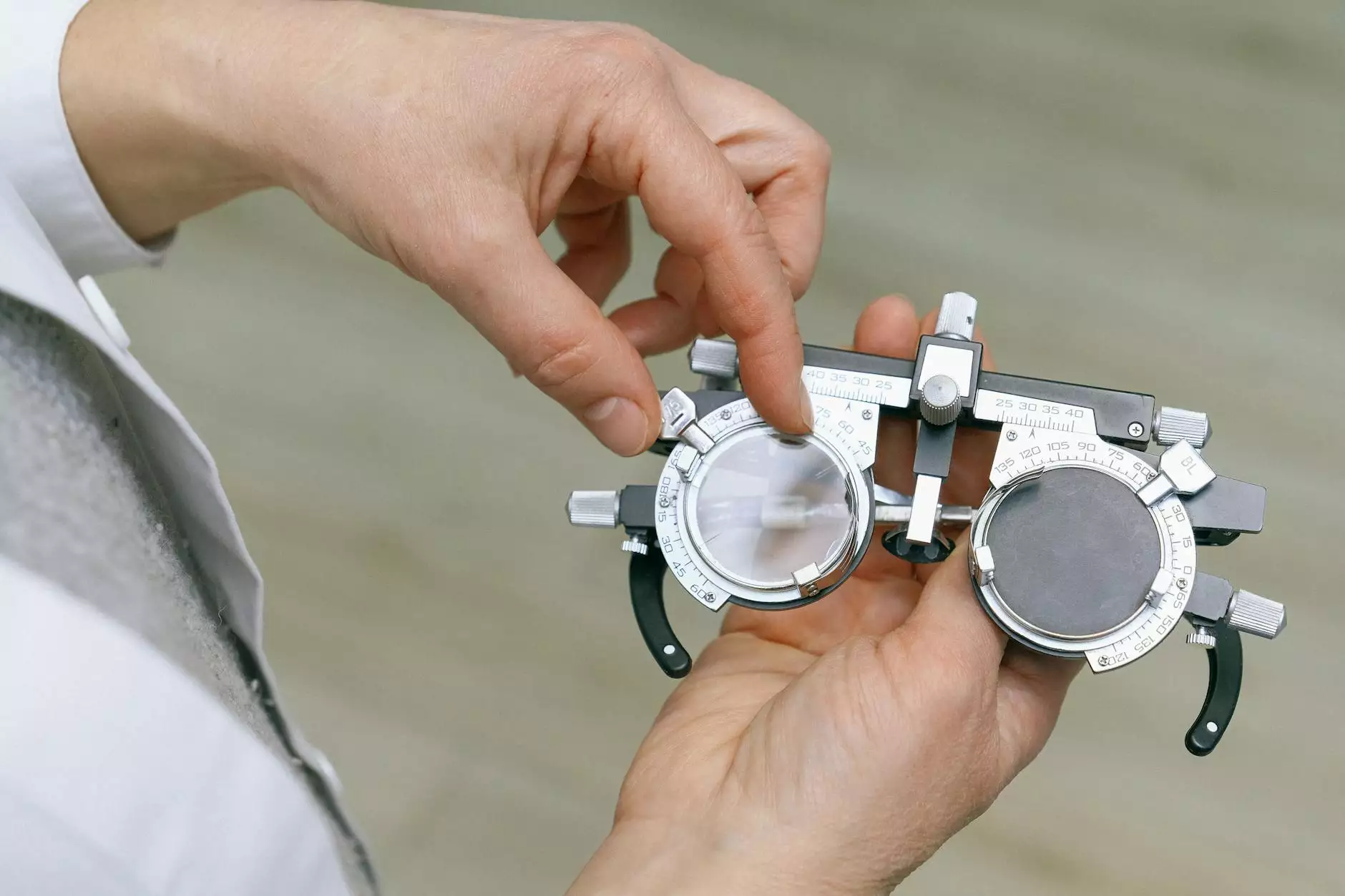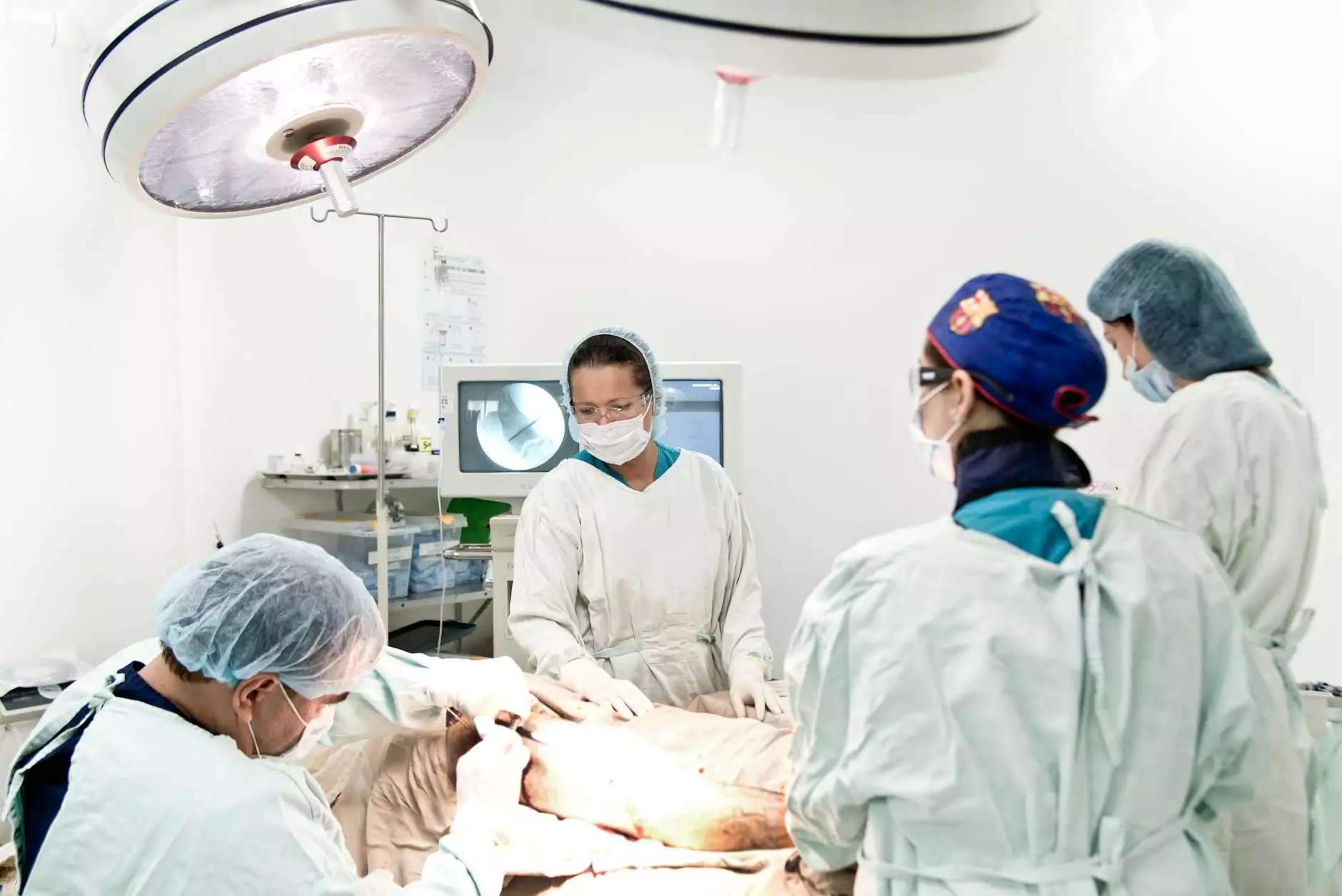L4-L5 Surgical Laminotomy Foraminotomy and Discect
Services
When it comes to addressing disc issues at the L4-L5 level, two common surgical procedures stand out: laminotomy and foraminotomy. Understanding the key differences between these procedures, and knowing which one might be more suitable for your specific case, is crucial for making informed decisions about your spinal health.
L4-L5 Laminoforaminotomy
L4-L5 laminoforaminotomy is a surgical procedure aimed at decompressing the nerve roots that are being pinched in the foraminal region between the fourth and fifth lumbar vertebrae. By removing a small portion of the bone and soft tissues surrounding the nerve root, this procedure aims to create more space for the nerve and relieve the associated symptoms.
For individuals with conditions such as herniated discs or spinal stenosis at the L4-L5 level, laminoforaminotomy can offer significant relief by addressing the root cause of nerve compression in that specific area.
Foraminotomy vs. Laminotomy
While both laminotomy and foraminotomy are surgical techniques used to address nerve compression in the spine, they target slightly different areas and have distinct objectives.
- Laminotomy involves removing a portion of the lamina, which is the bony arch that covers the spinal cord, to create more space and relieve pressure on the spinal cord itself. This procedure is more focused on addressing issues within the spinal canal, such as spinal stenosis.
- Foraminotomy, on the other hand, aims to widen the neural foramen, the opening through which spinal nerves exit the spinal cord and travel to the rest of the body. By enlarging this space, foraminotomy alleviates pressure on the nerve roots caused by conditions like herniated discs or bone spurs.
For individuals with specific issues related to nerve compression at the L4-L5 level, understanding the nuances between laminotomy and foraminotomy is essential for determining the most effective course of action.
Surgical Options for Disc Issues
When conservative treatments fail to provide relief for disc-related symptoms at the L4-L5 level, surgical intervention may be necessary. Surgical options such as laminotomy or foraminotomy can offer targeted solutions for addressing underlying spinal issues and improving quality of life.
It is crucial to consult with a qualified spinal surgeon to evaluate your unique case and determine the most suitable course of action based on your symptoms, diagnostic imaging results, and overall health status.
Conclusion
In conclusion, understanding the nuances of surgical procedures such as laminotomy and foraminotomy for disc issues at the L4-L5 level is essential for informed decision-making regarding your spinal health. By exploring the differences between these procedures and their specific benefits, you can collaborate with your healthcare provider to choose the most appropriate treatment plan tailored to your individual needs.
For more information on L4-L5 surgical options and spinal health, stay tuned to Shout It Marketing for valuable insights and expert guidance in the realm of digital marketing and healthcare services.









